During WWII, more than 110,000 Japanese Americans were forced from their homes after President Franklin Delano Roosevelt issued Executive Order 9066 in February 1942 in response to prejudiced fears that Japanese Americans were spies.
I’m probably one of a few children’s book bloggers whose family was forced into internment camps during WWII for being Japanese American. Let me tell you about my family’s story:
My mother was born in San Francisco’s Japantown. After school every day, she would go, on roller skates, from her high school to Japanese school to study the language and arts like ikebana, and Japanese flower arrangement, stopping on the way in a Japanese convenience store for a snack like senbei, Japanese rice crackers.
She, like all Japanese Americans (and the Chinese who immigrated before them in large numbers), was subject to racism which included special laws meant to limit their economic success. For example, Japanese Americans like herself were not allowed to work for the government as civil servants. Even if she aced the government civil service exam, she would never be hired. Japanese immigrants were, by law, not allowed to own property in the United States, even if they could afford to buy a home for themselves and their families. The Asian Exclusion Act, part of the Immigration Act of 1924, completely excluded immigrants from Asia.
The Immigration Act of 1924 limited the number of immigrants allowed entry into the United States through a national origins quota. The quota provided immigration visas to two percent of the total number of people of each nationality in the United States as of the 1890 national census. It completely excluded immigrants from Asia. from Historian
When soldiers showed up on her doorstep, giving her family just two days to pack up one suitcase each, leaving all their belongings behind; this didn’t happen overnight. A whole series of events happened leading up to this first.
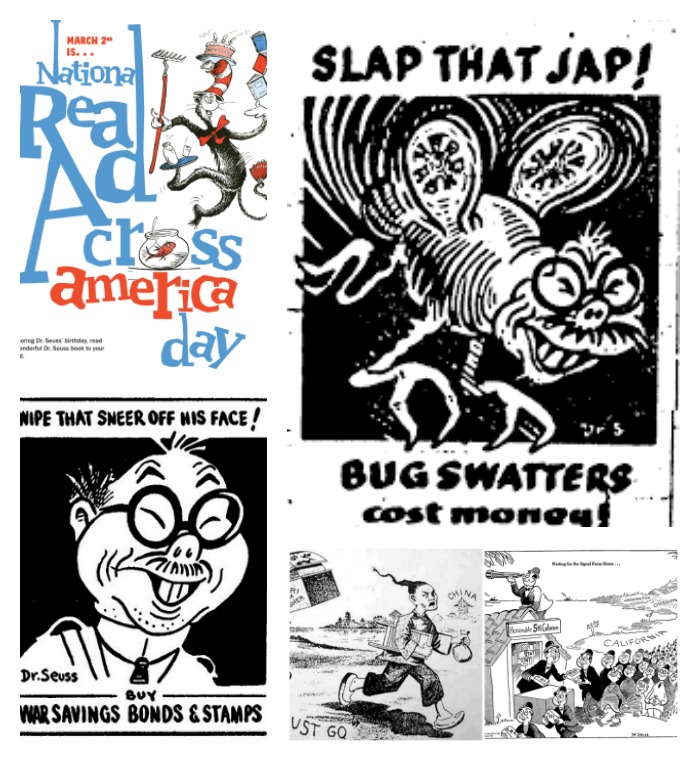
Dr. Seuss was a racist.
Japanese Americans were dehumanized. In the media and through entertainment like movies, musicals, and books, Asians were dehumanized. Dr. Seuss played his part in creating popular political cartoons against the Asian American population. Propaganda to sway the American people into indifference played a huge role. Just like in Nazi Germany.
Eliminating Japanese-American competitors was the real reason for Internment camps. Japanese Americans were resented for their work ethic and what little economic success they achieved. Make no mistake, rounding up Japanese Americans and packing them off to concentration was an orchestrated effort by local prominent businessmen to eliminate competition. One such family was the Knott Family of Knott’s Berry Farm which targeted local Japanese tenant strawberry farmers.
Japanese Americans’ Bank Accounts Were Frozen. They had two days to pack up one suitcase per person and were told they were being moved “for their own safety.” Of course, their concentration camps were walled with barbed wire, and the guns from the watchtowers pointed toward them.
My family spent WWII living in a tent. Instead of relocating to their assigned concentration internment camp, they moved to a remote part of Utah where they had relatives who were farmers. They worked the land, living in a camping tent for four years. Because life was hard, they joked that living in an internment camp would be easier. My uncle joined the military as part of the 442nd Regiment.
Our family crest is the second to the left on the first row.
Unfortunately, the American government was testing nuclear weapons underground not too far from where they lived. My mother and her siblings all eventually got cancer. Her siblings died; my mother is a breast cancer survivor. And here’s the greatest irony of all. My Japanese side of the family is from Hiroshima.
Of Daimyo noble descent, they lost their land — basically a township — during Japan’s Meiji Revolution. The roots of this shift in power were due to America’s Admiral Perry who forced Japan open to foreigners.
And, of course, there was the nuclear devastation from the bomb. My mother visited Pearl Harbor twice in her lifetime. The first was on behalf of her brother to received recognition for his bravery during WWII as part of the 442nd regiment. She went again with me as part of a family vacation a few years ago. When I was in business school, I spent a summer in Japan working for a Japanese company. We visited Hiroshima; I met my relatives, and we saw the Hiroshima Peace Memorial Museum.
In many ways, my mom lived in WWII. Born an American citizen, she was forced to relocate for being of Japanese descent. Her family’s financial distress stretches back to Admiral Perry whose interference resulted in seismic changes in the Japanese government, removing them from their source of financial stability, and causing them to lose ancestral land, which included sacred family burial grounds. To earn money to buy these lands back, they immigrated to the United States. And their ancestral land was one of two locations where the devastation was wrought by nuclear bombs.
Now, in 2016 there is a threat to Muslims to be placed in similar concentration internment camps. What can we learn from our own history? Racism. Economics. Complicity. It is up to every decent human being in America to stop this if this dark chapter of American history isn’t to repeat itself.
Japanese Internment was not about American safety. It was about racism and economics. The Japanese and Chinese immigrants worked harder and cheaper and white competitors resented losing business to them. The internment camp was the perfect way to eliminate competition.
Korematsu v. United States, 323 U.S. 214 (1944), was a landmark United States Supreme Court case concerning the constitutionality of Executive Order 9066, which ordered Japanese Americans into internment camps during World War II regardless of citizenship.
In a 6–3 decision, the Court sided with the government, ruling that the exclusion order was constitutional. Six of eight Roosevelt appointees sided with Roosevelt. The lone Republican appointee, Owen Roberts, dissented. The opinion, written by Supreme Court Justice Hugo Black, held that the need to protect against espionage outweighed Fred Korematsu’s individual rights and the rights of Americans of Japanese descent.
During the case, General Charles Fahy is alleged to have suppressed evidence by keeping from the Court a report from the Office of Naval Intelligence indicating that there was no evidence that Japanese Americans were acting as spies or sending signals to enemy submarines.
As for my mother, as soon as WWII ended, she took the Civil Servant exam and got a job as a civil servant because the laws changed. She bought her family including her aging parents a duplex to live near the Los Angeles Airport. It was too painful to go back to San Francisco I suspect. Her old apartment in San Francisco was torn down to make way for new development. We drove by it when we took her to visit many years later. In the rubble was a samurai sword, with a crest of her family (second from the top left in the crests above), that they hid between the walls in the hurried days when they were forced to leave. No weapons were allowed. It was a symbol of their past and now it’s gone forever.
And now, with the threat to round up those who are Muslim and put them in concentration camps? No. No a million times. We have to be the ones to stop it. We can not let Muslim Americans become dehumanized. We have to stand up for them.
p.s. Related book lists for kids:
Hiroshima Project and Book List for Kids
Pearl Harbor Book List for Kids
Remembering the Veterans In My Life Book List for Kids
Japan: Books for Kids on Shogun, Family Crests and Art of Shogun Period
p.p.s. More internment stories:
George Takai (Actor) Describes His Experience in a Japanese Internment Camp
George Nakashima (Father of American Crafts Movement): Artisan Imprisoned in US Internment Camp
35 Japanese American Internment Books for Kids
A Fish for Jimmy: Inspired by One Family’s Experience in a Japanese American Internment Camp by Katie Yamasaki
When Taro’s father is taken away for being Japanese American, he and his mother and younger brother are forced into a Japanese Internment camp. Taro’s younger brother won’t eat; he misses the food at home including fresh vegetables and fish. His father told Taro that he must help take care of Jimmy and this weighs heavy on him. Taro cuts a fence and sneaks out of the camp to catch fresh fish in a stream near a mountain with his bare hands. Finally, Jimmy eats. This is the true story of Katie Yamasaki’s family. [picture book, ages 6 and up]
Love in the Library by Maggie Tokuda-Hall, illustrated by Yas Imamura
From Maggie Tokuda-Hall on Nerdy Book Club:
It didn’t matter who you were, just what you were — and being Japanese American then was treated like a crime.
Maggie Tokuda-Hall’s grandparents met at Minidoka incarceration camp where they were imprisoned during WWII for being of Japanese descent. Tama, Maggie’s grandmother, ran the library at the camp and George was a frequent visitor. Their love blossomed despite their inhospitable environment of prison guards, extreme heat and cold, disease, and lack of privacy. Books were the miracle that brought them together. [picture book, ages 6 and up]
Fred Korematsu Speaks Up (Fighting for Justice series) by L
This series celebrates real-life heroes and heroines of social progress. This is Fred’s story of standing up for justice by refusing to go to Japanese Internment camps for simply being of Japanese descent. He went to jail for resisting and his courage made the United States a fairer place for all Americans. [ages 10 and up]
Fred Korematsu: All American Hero by A
Using a comic book format, this book tells the story of Fred Korematsu, a mild-mannered ordinary welder working in a shipyard who fights for justice during WWII. [graphic novel, ages 8 and up]
So Far From the Sea by Eve Bunting
Laura Iwasaki and her family visit her grandfather’s grave at the Manzanar War Relocation Center where he died during internment. Both her parents were relocated though at different camps. Her father was a little boy when this happened and this marks the last time they will visit before moving to Boston. Their final visit sums up the attitude of most Japanese-Americans who were forced to relocate: a terrible thing that happened to them. But, as Dad says, “Sometimes, in the end, there is no right or wrong. It is just a thing that happened many years ago. A thing that cannot be changed.” [picture book, ages 8-12]
Baseball Saved Us by Ken Mochizuki
Ken Mochizuki’s family was interned at Minidoka Internment Camp in Idaho, and this is the story based on true events, of how they used baseball to cope. The little boy in the story is small for his age but preserves to become an excellent player. The story continues post-internment and things are not better. Luckily, the boy’s skill in baseball helps to bring everyone together. This is the author’s first picture book. [picture book, ages 8-12]
The Bracelet by Yoshiko Uchida, illustrated by Allen Say
I read this story a long time ago and remembered that it was a particularly sad story of internment that I couldn’t bring myself to read to my girls. The little Japanese girl is given a bracelet by her American friend that she brings to an internment camp and gets lost. [picture book, ages 8-12]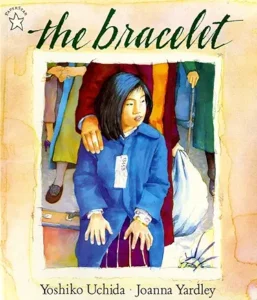
A Place Where Sunflowers Grow by Amy Lee-Tai
A bi-lingual (Japanese/English) story about the author’s grandmother who was interned at Topaz and really did grow 8-foot sunflowers in the desert. A stoic story about coping with internment. This is the author’s first book. [picture book, ages 7 and up]
The Mangrove Tree: Planting Trees to Feed Families by Susan L. Roth and Cindy Trumbore, illustrated by Susan L. Roth
When Gordon H. Saito was imprisoned at the Manzanar War Relocation Center during WWII for being of Japanese descent he learned how to grow corn in the dusty, desert soil. After the war, he became a cell biologist, earning a Ph.D., and used his knowledge to fight poverty in Africa. Planting mangrove trees in Eritrea in East Africa was his brainchild as a way to feed the villagers and allow them to raise sheep and goats. The mangrove trees became a forest that created an ecosystem to sustain the people of Hargigo. Dr. Saito’s nonprofit, The Manzanar Project, works to solve poverty, hunger, environmental pollution, and global warming through low-tech methods such as planting mangrove trees. This story is told in a backward version of This Is The House That Jack Built on the left-hand side of each page, with more details on how the mangrove forest was accomplished. [picture book, ages 6 and up]
Barbed Wire Baseball by Marissa Moss, illustrated by Yuko Shimizu
I just discovered this on Marissa Moss’s website. As a boy, Kenichi “Zeni” Zenimura dreams of playing professional baseball, but everyone tells him he is too small. Yet he grows up to be a successful player, playing with Babe Ruth and Lou Gehrig! When the Japanese attacked Pearl Harbor in 1941, Zeni and his family were sent to one of ten internment camps where more than 110,000 people of Japanese ancestry were imprisoned without trial. Zeni brings the game of baseball to the camp, along with a sense of hope. This true story, set in a Japanese internment camp during World War II, introduces children to a little-discussed part of American history through Marissa Moss’s rich text and Yuko Shimizu’s beautiful illustrations. The book includes author and illustrator notes, archival photographs, and a bibliography. [nonfiction picture book, ages 6 and up]
Sylvia & Aki by Winifred Conkling
When Aki Munemitsu and her family are forced into an internment camp in Arizona, their banker helps them rent their asparagus farm to the Mendez family who has a daughter, Sylvia, around the same age as Aki. The Westminster School District doesn’t let Sylvia into the all-white schools though her lighter-skinned cousins are allowed to enroll. The family sued. Mendez vs. Westminster School District is the landmark desegregation case before Brown vs. Topeka Board of Education. [middle grade, ages 9 and up]
They Called Us Enemy by George Takei, et al.
In 1942, at the order of President Franklin D. Roosevelt, every person of Japanese descent on the West Coast was rounded up and shipped to one of ten “relocation centers,” hundreds or thousands of miles from home, where they would be held for years under armed guard.
They Called Us Enemy is Takei’s firsthand account of those years behind barbed wire, the joys and terrors of growing up under legalized racism, his mother’s hard choices, his father’s faith in democracy, and the way those experiences planted the seeds for his astonishing future.
This is the book that I gave to all three of my children. It’s the true story of actor and activist George Takei’s childhood imprisoned in American concentration camps during World War II. His story is interlaced with background and stories of others involved and it gives a very clear picture of what life was like in internment camp. George’s antics as a young boy provide some comic relief. [middle grade nonfiction graphic novel, ages 8 and up]
Paper Wishes by Lois Sepahban
10-year-old Manami tries to sneak her dog into an internment camp when her family is separated during WWII due to anti-Japanese American laws enacted. She and her parents and grandfather must leave Bainbridge Island in Washington for a dreary camp in the desert of California. They lose everything they own, save for a suitcase they can carry. Manami loses even more; her voice is gone from the trauma and she doesn’t speak after her dog is taken away. The riot in Manzanar is not well known in U.S. history, and this chapter book gives back some of the humanity taken away from the Japanese Americans who were forced into concentration camps for simply looking like the enemy. [chapter book, ages 8 and up]
Dust of Eden: A Novel by Mariko Nagai
I’ve read many picture books about the Japanese American internment (my mother was one such person forced to relocate during WWII) but Nagai’s novel in verse is the first to really make me feel and understand the racism that my mother, who was born in San Francisco’s Japantown, faced. (And it makes my blood boil.)
… I would change my hair color into a honey
blond that changes into lighter
shades of almost white during the summer,
just like Jamie’s. If I could change
my name, if I could change my parents,
I could change my life. I would be an American.
But I already am.
Nagai’s haunting novel in verse chronicles the Mina Tagawa’s family after the Japanese bomb Pearl Harbor. Her father is held in prison without charges, her grandfather suffers in stoic silence, her older brother’s anger, and her mom’s graceful pride not to let racism destroy them. They are forced from Seattle to Camp Harmony and then to Minidoka Relocation Center in Idaho, losing three years of their lives and much, much more.
More on Minidoka Relocation Center.
During WWII, more than 110,000 Japanese Americans were forced from their homes after President Franklin Delano Roosevelt issued Executive Order 9066 in February 1942 in response to prejudiced fears that Japanese Americans were spies.
In 1988 when most internees were dead, the U.S. Government paid reparations to the surviving internees. My mother used hers to buy a Lexus which she drove until she could no longer operate a car.
You may not have heard of civil rights hero, Fred T. Korematsu.
In 1942, at the age of 23, he refused to go to the government’s incarceration camps for Japanese Americans. After he was arrested and convicted of defying the government’s order, he appealed his case all the way to the Supreme Court. In 1944, the Supreme Court ruled against him, arguing that the incarceration was justified due to military necessity.
In 1983, Prof. Peter Irons, a legal historian, together with researcher Aiko Herzig-Yoshinaga, discovered key documents that government intelligence agencies had hidden from the Supreme Court in 1944. The documents consistently showed that Japanese Americans had committed no acts of treason to justify mass incarceration.
With this new evidence, a pro-bono legal team that included the Asian Law Caucus re-opened Korematsu’s 40-year-old case on the basis of government misconduct. On November 10, 1983, Korematsu’s conviction was overturned in a federal court in San Francisco. It was a pivotal moment in civil rights history. From Korematsu Institute
Dust of Eden forces us to remember what happened and one hopes it will not happen again to anyone, but that’s only if we truly learn from our mistakes.
A Jar of Dreams by Yoshiko Uchida
11-year-old Rinko lives in Berkeley, California during the Great Depression and life isn’t easy, especially when you are Japanese American because she encounters prejudice almost daily. When her family opens a small laundry, their local competitor, a well-known bigot, and bully threatens them. Things change when her Aunt Waka comes from Japan to visit, and she helps to convince them to chase their dreams, even if it seems improbable that they will be given the same opportunities as non-Asians. Despite the prejudice that her family faces, Rinko learns to take pride in her Japanese self.
A Jar of Dreams is an accurate portrait of what life was like for Japanese immigrants pre-WWII, but it also details the determination, hard work, and strong familial bonds that propelled them to succeed. [chapter book, ages 10 and up]


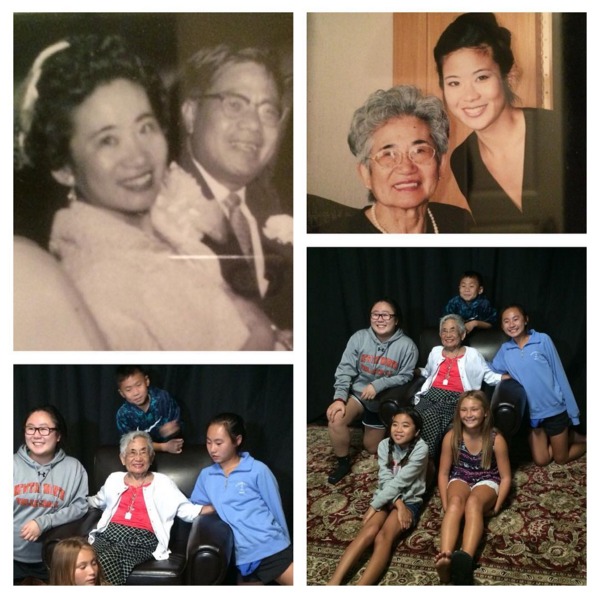
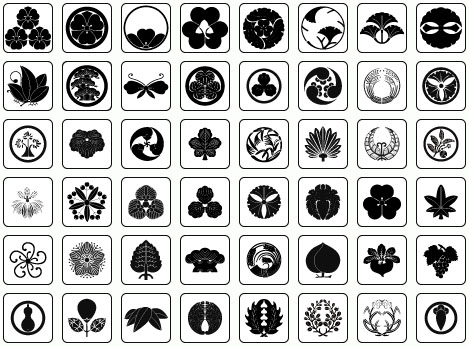
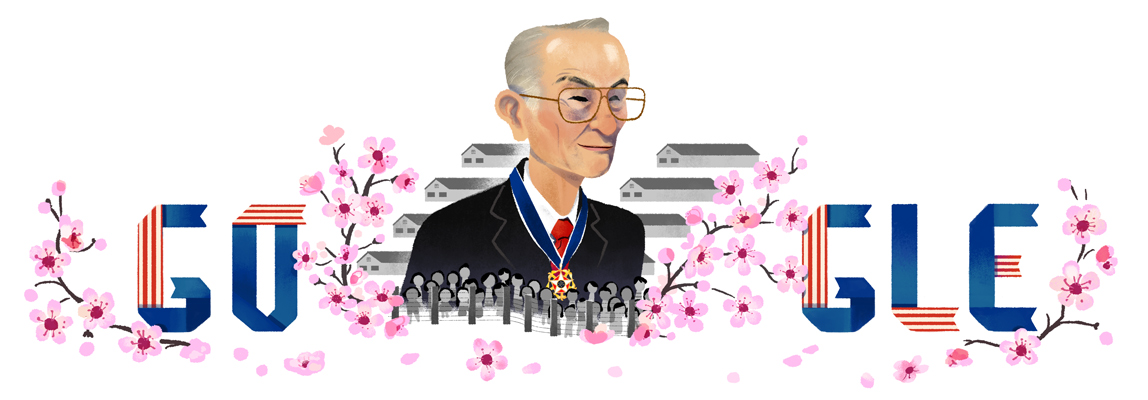


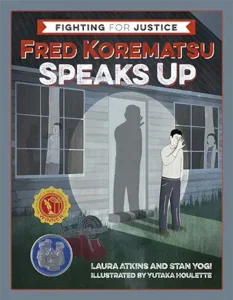
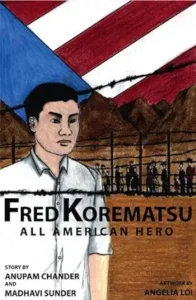
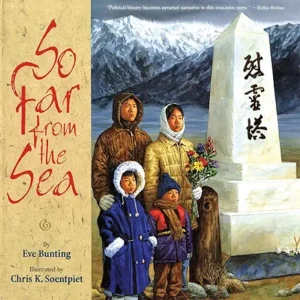
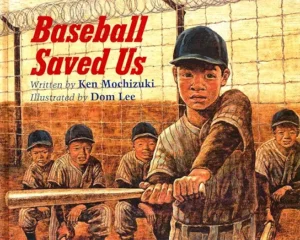
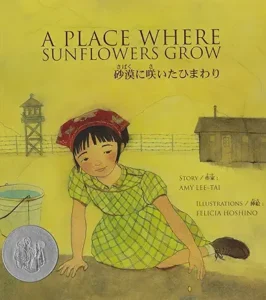

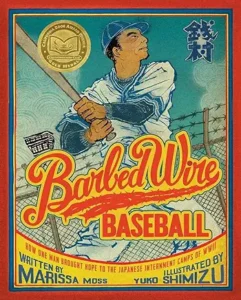
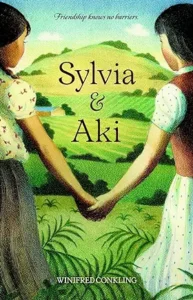
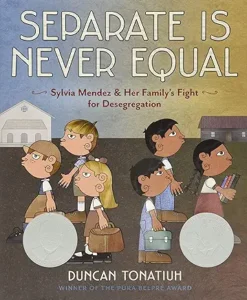

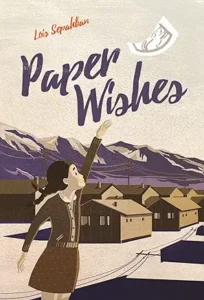
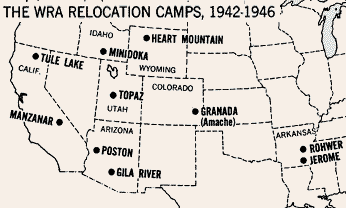
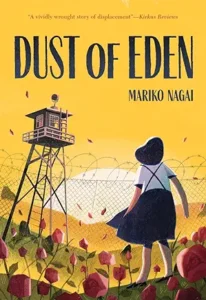
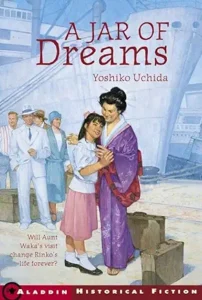
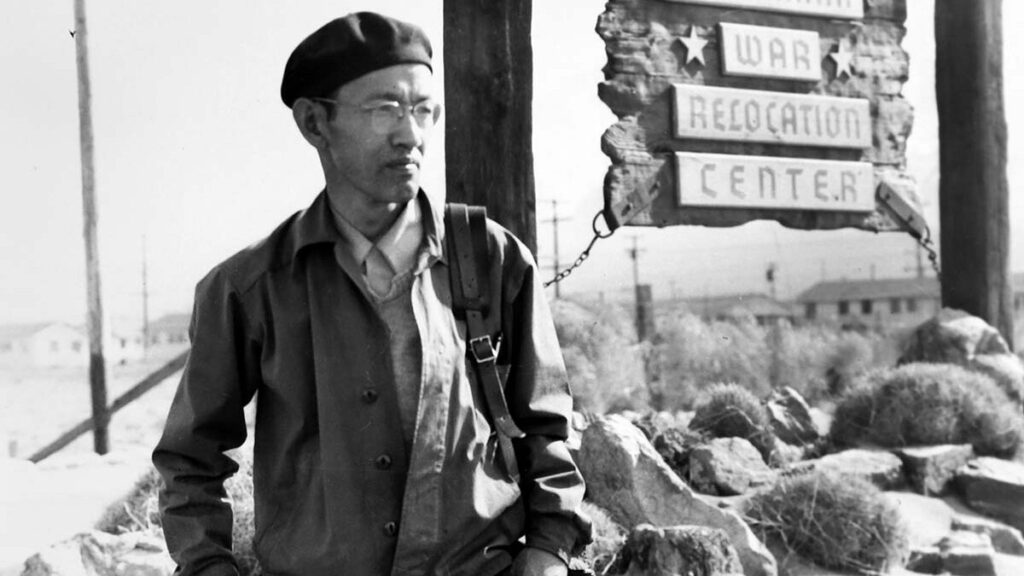
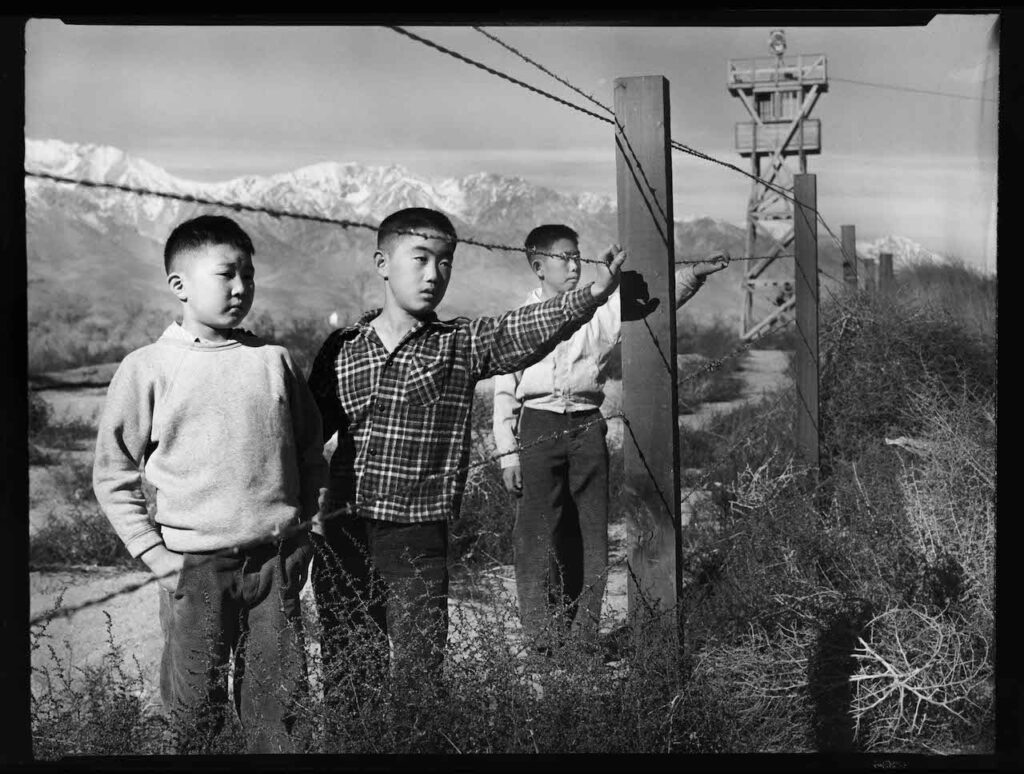

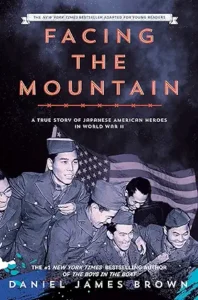
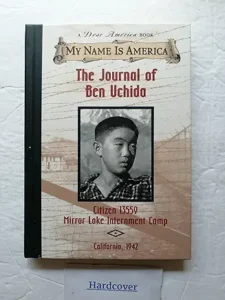
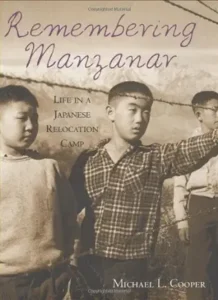
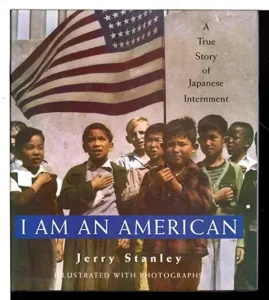

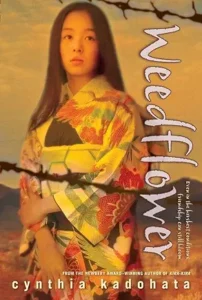
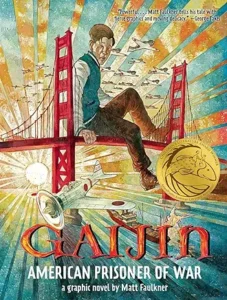
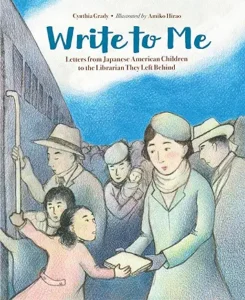
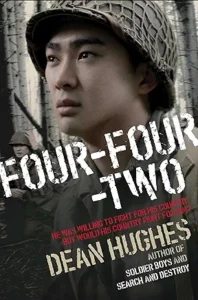


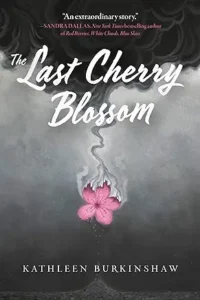
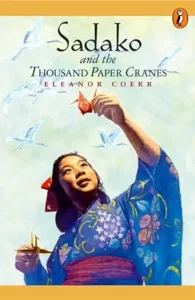
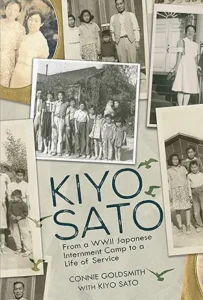
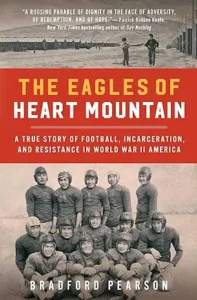
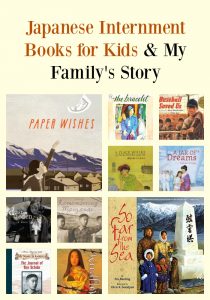

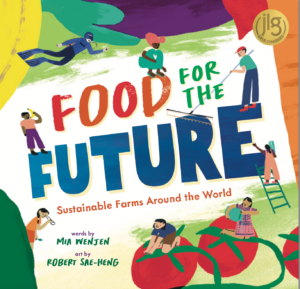
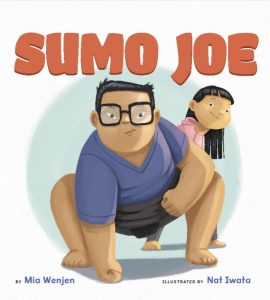
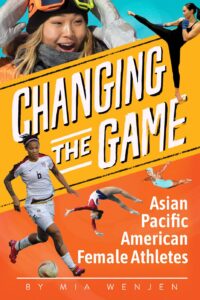
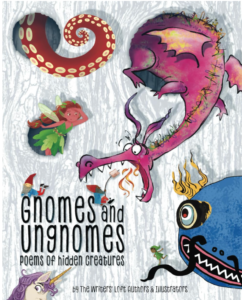
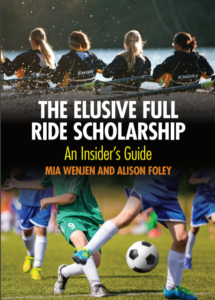

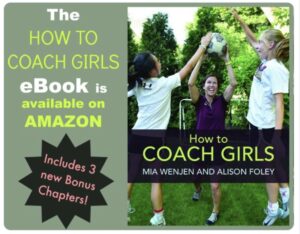
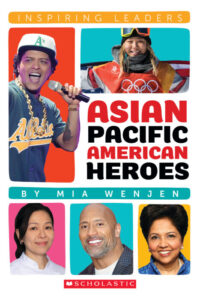

When we were studying World War II I read Baseball Saved Us and The Bracelet to my boys. We also read I survived the bombing Pearl Harbor in which a Japanese American was arrested for belief that he was a spy. We talked about this dark time in our history and I pointed out to my boys that other than not killing them we didn’t treat Japanese Americans all that differently than Hitler treated the Jewish people. It’s scary to think that it could happen again… it’s hard to imagine and yet what you point out in your story is true. Propaganda and media can easily sway public opinion. I read your story aloud to my boys too. I want them to know. I want them to remember and try to understand… in the hopes that we can become better people.
Thanks so much for teaching your kids about WWII and Japanese Internment camps Mother of 3. If history is not to repeat itself, we must remember the past and be vigilant that we learn from our mistakes. It bothered me and my family so much that a Trump supporter used Japanese Internment as an example of US government jurisdiction. As if this is ok. God, this is going to be a long 4 or 8 years!
Thanks for sharing your family’s story. Heartbreaking.
Thank you so much Olivia! I have to say that my mother has a sense of humor about it and never really felt anger towards the American government. She said that the Mormon community also was supportive in the sense that they would come over and try to convert them so she would have discussions debating Buddhism versus Mormon religions. I think she enjoyed that very much! She always told that story with a twinkle in her eyes!
I don’t get to read the blog every day. Some days, I skim the headlines and move on to whatever task is yelling at me to get started. But days like these, I have to click over no matter what is yelling at me. Mia, you do a great service to your family, to your readers, and to past and potential victims of such atrocities by using your voice to shed light and explain. Thank you! Such a sad, shameful part of American history. Even sadder that we fear it could happen again to another culture.
Thank you so much for your kind words Dee. They mean a lot to me.
Your family’s story is so sad and moving. Your mother is so brave!! Thank you for sharing it again, along with all of these fine books. It’s a shameful and so recent part of our past, and we must not forget, and we must not let anything like this happen again. Ever!! Hugs to you!!!!
Thanks so much Maria!! Hugs back!
Thank you for sharing this terrible time in American history, from an inside perspective. It’s important that kids know the good, bad and the ugly facts so that dehumanizing actions don’t occur again.
I remember, several years ago, when my mom told me about WW II from her viewpoint as a child. She was confused and afraid when she saw Japanese in her city ‘camped’ in the Pomona Fairgrounds. (Her reference point for ‘camped’ was because she was a migrant worker and U.S born).
Years later she found out the truth of the internment and heard the story of the Mexican Repatriation in the 1930’s, which sent many US citizens of Mexican descent to Mexico during the depression. She says, never think repatriations or internments, can’t happen again because that refusal to believe is what evil counts on.
YES! Good point Alvarado!! And absolutely why I am covering my family’s story and will be fighting for Muslims in America not to register or worse. We all have to stand up against evil or it too easily will happen again.
I read Baseball Saved Us a few weeks ago! I’ve started a list through my local library of books on the Japanese Internment Camps. This is such a shameful part of U.S. History and our schools need to do more to teach kids about it.
Thanks so much for taking time to learn about Japanese Internment with your kids Monise! It’s an important shameful part of US history that is barely touched upon at schools.
Thank you for so bravely sharing your family’s story! I’ve read books about this tragic and upsetting time in our history but it’s even more meaningful to read first-person accounts.
Thanks so much Kathy! I’m happy to share and I know that my mom is glad too! I think this experience made all Japanese Americans from that era eager to assimilate as much as possible to be seen as “American.” The result is that there isn’t as strong a community for Japanese American if you compare them to Korean Americans in the US. Also, the books for kids on Japanese Americans is largely limited to WWII. I’m so glad Debbi Michiko Florence has a new series called Jasmine Toguchi: Mochi Queen that is modern day Japanese American. It’s authentic and has a great character in Jasmine that reminds me of Clementine or Ramona. She also mixes in Japanese culture which I really love.
Thanks, I’ve added some of her books to our wishlist! 🙂
Thanks so much Kathy for caring about Japanese Internment books for kids! It’s a dark period of our history and I am scared that it will be repeated with our Muslim friends and neighbors.
Thank you for sharing your story, Mia. It really makes my skin crawl how history is unfolding in this country at the moment. Let’s all work together to make sure something like this never ever happens again.
Thank you so much for standing up to this too Erika! We all have to be vigilant that this doesn’t happen again to anyone, including our Muslim friends!
Thank you for sharing your story. It is difficult to write about a personal injustice especially in our current climate and you did so beautifully.
Thank you so much for your kind words Eva! I think it’s important to let everyone know in order to humanize this experience so that it won’t happen again to someone else.
Wow! I didn’t know this personal history about your family and Japanese Internment camps. Gives me chills. The timing of your post is perfect. You’d think that we would learn from our history, but… It’s up to all of us to make sure something like this doesn’t happen to immigrants, especially Muslims. Thank you for sharing.
Great book suggestions. I’d add Sylvia & Aki by Winifred Conkling, about Sylvia Mendez’s family moving into Aki Munemitsu’s farm when they are sent to a Japanese internment camp. The girls became friends and remain so today.
Thanks so much Pat! I just added Sylvia and Aki to the post but now I need to get my hands on a copy to read it as well.
Don’t forget Matt Faulkner’s GAIJIN, a graphic novel (Disney’s Hyperion, 2014) about one family’s experience in one of the camps. It’s based on Matt’s aunt’s life and it is meticulously researched and beautifully illustrated.
Thanks Ruth! I just learned about that today! I need to buy a copy ASAP!
Thank you for sharing your story.
My sister-in-law’s family was interned during the war, and so were the families of many friends (including you). This is a story that really needs to be heard right now, and I am glad you are part of the telling.
This past summer, one of my friends shared excerpts from the journal her uncle kept during his internment.
This is a dark part of American history that we cannot afford to repeat.
Also, I think it is pretty cool that that same sister-in-law just had her first baby today – on the day that you published this post. <3
Wow! What a cool coincidence MaryAnne!!
Thanks so much for your support MaryAnn! I hoping that no one else has to go through this in America!